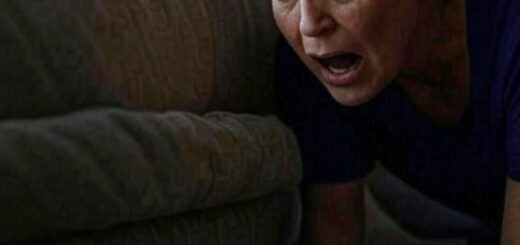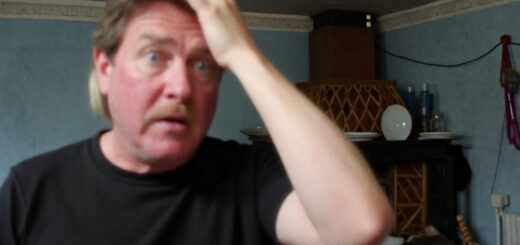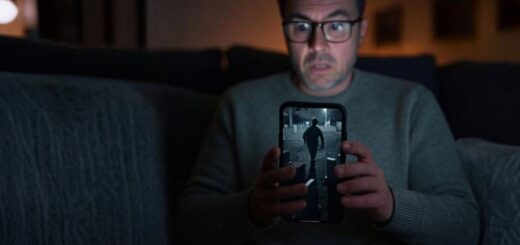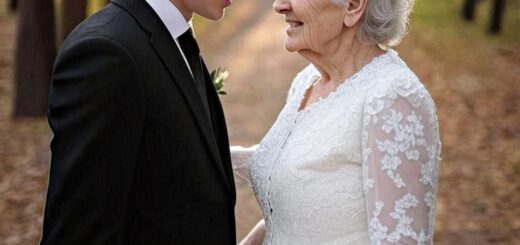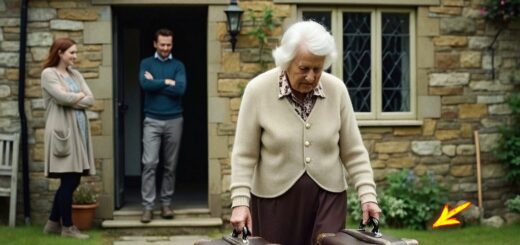You ruined our lives, get out!» my whole family said. So, I just left. A month later, I received 50+ missed calls. Now they know…
The scapegoat’s journey, typically a solitary one, could perhaps be a little less lonely if those of us who had walked it shared our maps. This realization became a turning point in my healing process. I began volunteering with a support group for adults from dysfunctional families, eventually facilitating sessions that provided the validation and strategies I’d had to discover on my own.
A year after leaving Portland, I stood on the Seattle waterfront watching ferries cross the sound, reflecting on how far I’d come. The pain hadn’t disappeared entirely, it probably never would, but it no longer defined me. I’d built a life filled with genuine connections, meaningful, work, and hard-earned wisdom.
My phone buzzed with a text from my mother. Thinking of you today, hope you’re well. Simple, no demands, no guilt.
A small sign of progress. I typed back, I am. Thank you.
Hope you are too. Standing there, watching the water reflect the afternoon sun, I understood that healing isn’t about perfect resolution, or dramatic reconciliation. It’s about finding peace within yourself, establishing healthy boundaries, and recognizing that while you can’t change your past or control others’ behavior, you can choose your own path forward.
Family healing is possible, but it requires everyone’s effort, not just the sacrifice of the scapegoat. Some relationships may transform and grow. Others may need to remain distant for your well-being.
Both outcomes can be part of a healthy life.




